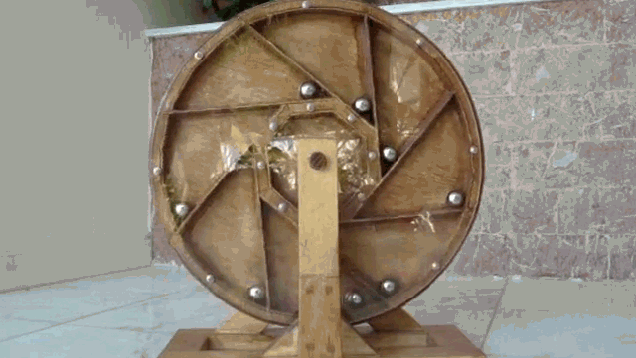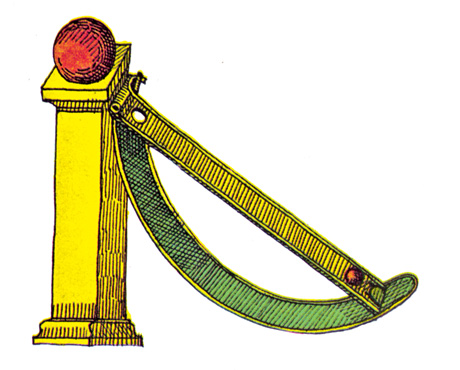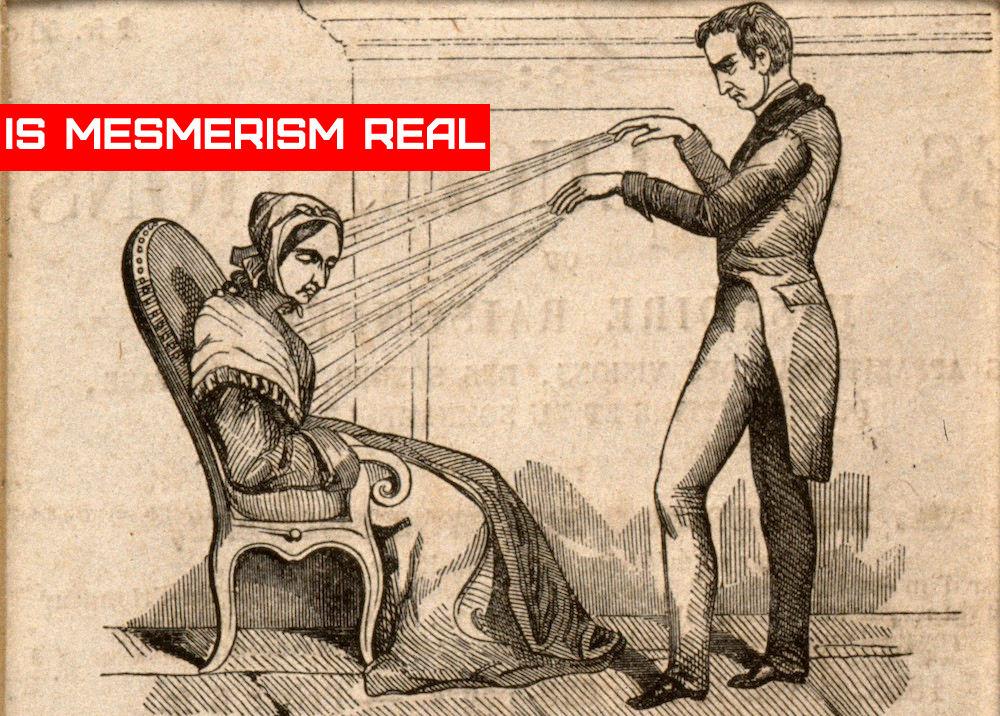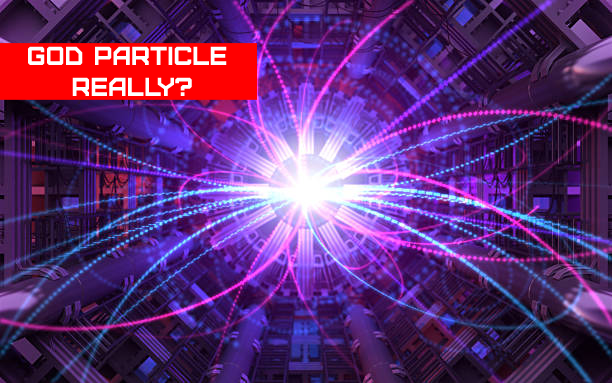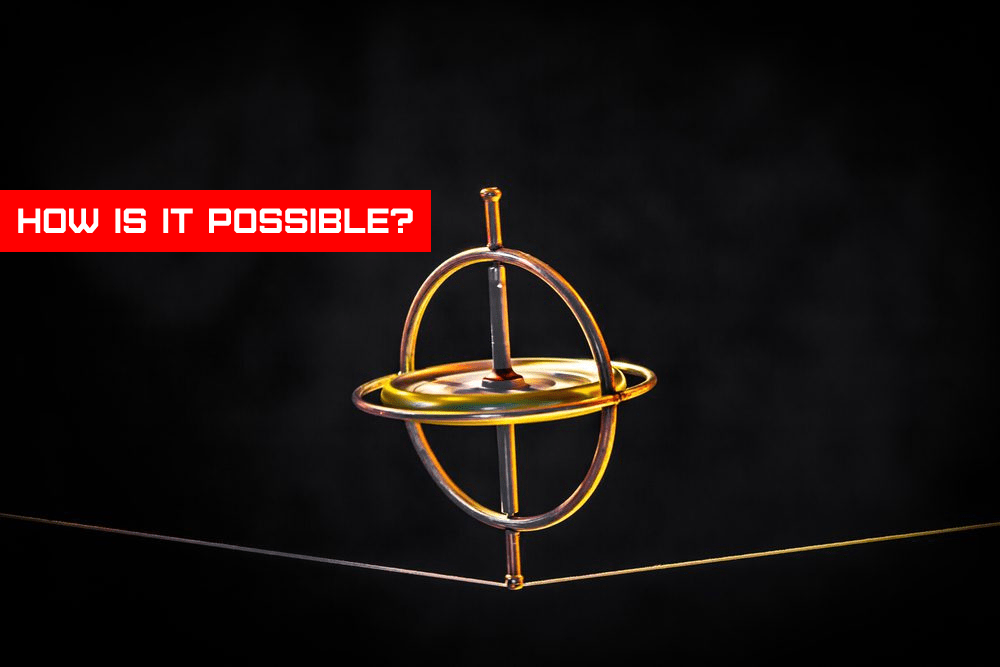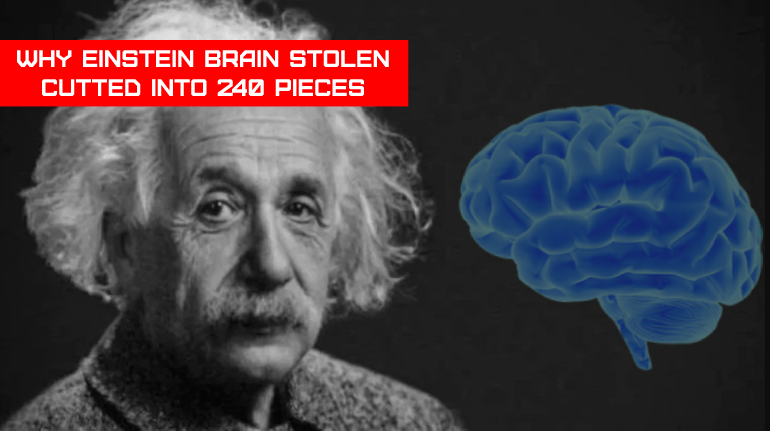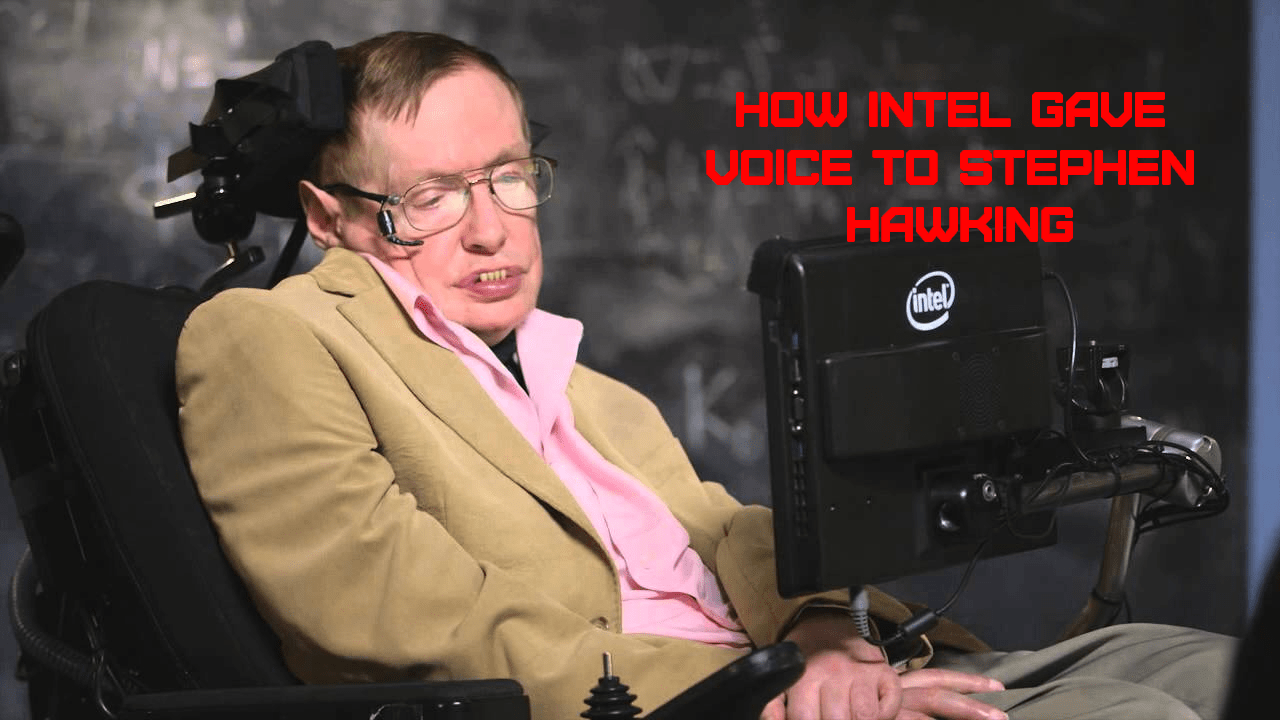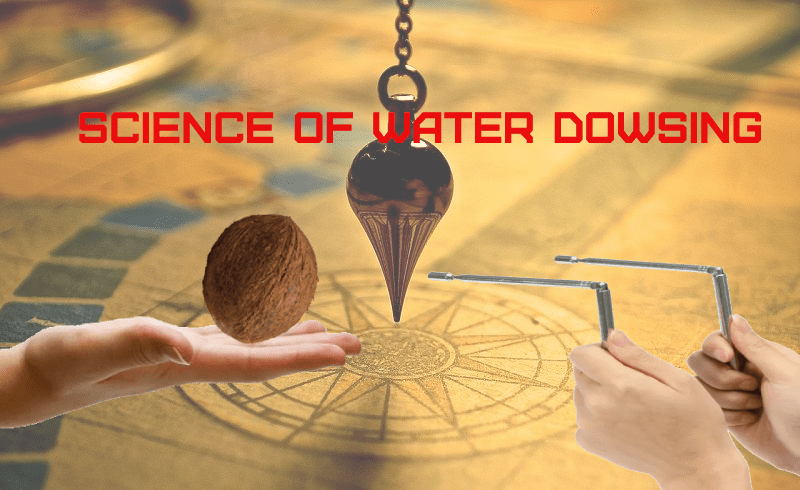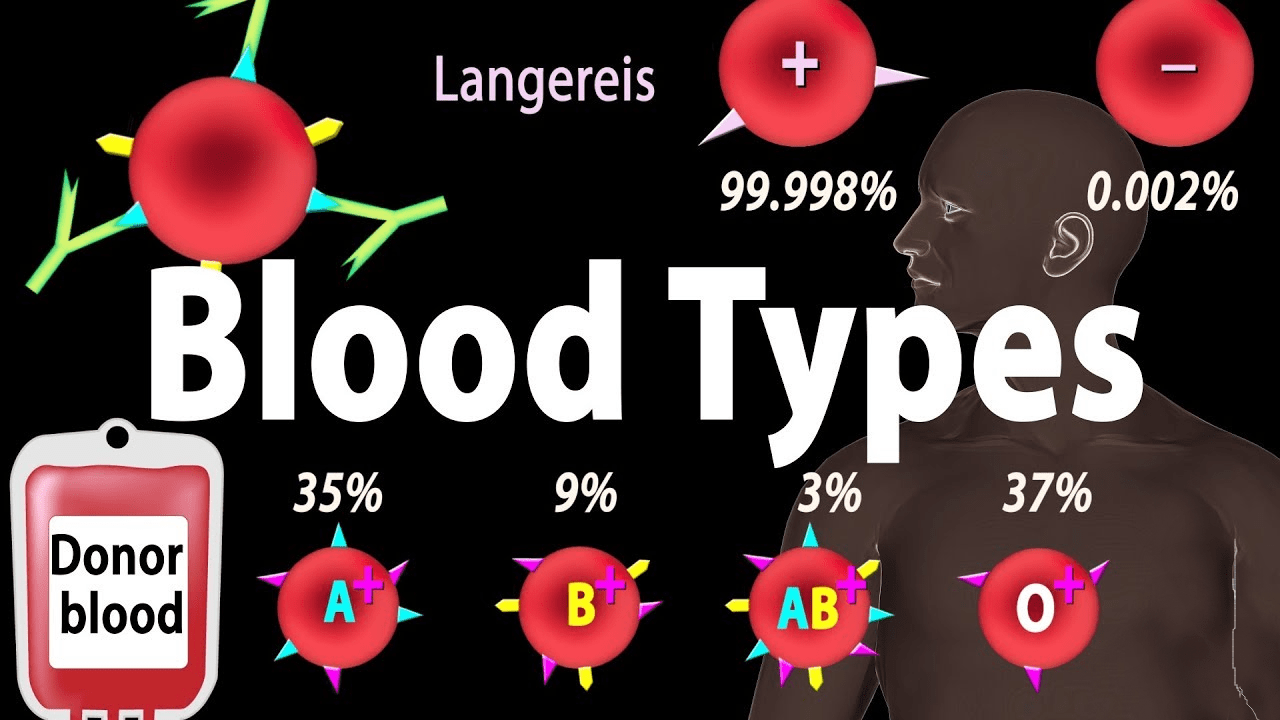Outside energy cannot enter our system unless it is isolated, and “perpetual motion” is defined as “without any external energy.” However, no system is truly isolated (save the cosmos as a whole), because radiation (light) will seep in and impact your machine from the wall surrounding it (which will have a nonzero temperature and therefore radiate).
What is Perpetual Motion Machine?
A perpetual motion machine is a theoretical technology that functions with more than 100% efficiency. It is difficult to build such a gadget since it would have to generate more energy than it consumes. This is contrary to thermodynamic rules.
Is Perpetual Motion Machine Possible?
A perpetual motion machine is a fictitious contraption that can do work endlessly without the use of an energy source. This type of machine is not conceivable since it violates the first or second laws of thermodynamics.
These thermodynamic rules apply even at very large scales. For example, the motions and rotations of celestial bodies such as planets may appear to be infinite, but they are subject to so many processes that slooooowly dissipate their kinetic energy, such as interstellar medium resistance, solar wind, gravitational radiation, and thermal radiation, so they will not continue to move indefinitely.
Let us examine a basic gadget. Here’s a marble-filled spinning wheel. As the wheel rotates, marbles rise to the top before falling to the bottom, rotating the wheel and forcing the next marble to rise to the top.
The wheel will finally come to a halt. It needs to be. Because the wheel loses energy due to friction, each spin is somewhat slower than the preceding one. The axle somewhat warms up, causing the wheel to slow down.
If you could eliminate all friction from the equipment, you would have a device that operated at 100 percent efficiency. You could start it once and watch it spin indefinitely.
But that isn’t really helpful. The wheel is doing nothing. You may connect anything to it to harness its energy. However, this would cause the wheel to slow and finally halt.
To both spin eternally and have anything linked to it, the gadget would have to run at more than 100% efficiency. To generate new energy out of nothing. That is not possible.
Types of Perpetual Motion Machine(PMM)
PMMs are classified into three types:
PMM-1: A gadget that continuously creates work while wasting no energy. It is virtually impossible since it contradicts the “First Law of Thermodynamics.”
Example: Assume your bike is operating on empty. That would be a fantastic moment.
PMM-2: A gadget that transforms all heat into work. It is impossible to build since losses are unavoidable (in the type of frictional losses, leakages, and so on), but they may be minimised. The “Second Law of Thermodynamics” has been violated.
Example: Thank goodness your bike is now operating on gasoline…but without the silencer. I’m hoping you can relate.
PMM-3: A gadget that operates completely without friction. Again, difficult to build since a machine is made up of several moving elements that move in relation to one another. And whenever there is motion, one of the two types of friction is at work.
Why and How is perpetual motion impossible?
A perpetual motion machine doesn’t really contradict energy conservation, but it does need frictionless motion. Even a moon in a perfect vacuum circling a planet would lose energy due to gravitational radiation (this was observed in a pulsar a decade or so ago).
The closest thing we have to a completely lossless “machine” (in the broadest meaning of the term) is a superconducting coil in persistent mode, where the current will continue to circulate without losses for at least ten million years (as long as it’s kept cold… oops! That takes effort!).
But keep in mind that even if you did manage to build a perpetual motion machine, you can’t extract energy from it without slowing it down, so it’d be a great toy but never a power source.
Another way:
1. One cannot generate additional energy in any isolated system (law of conservation of energy)
2. Heat engines’ output work power is always less than their input heating power. The remainder of the heat energy given is lost as heat to the surrounding environment. The Carnot efficiency determines the highest efficiency (the output work power divided by the input heating power). It is never greater than one.
3. Because of irreversibility caused by the speed of processes, including friction, the efficiency of real heat engines is even lower than the Carnot efficiency.
Heat engines are covered by statements 2 and 3. Other types of engines, such as those that transform mechanical energy into electromagnetic energy, cannot function at 100 percent efficiency since no system is devoid of energy dissipation.
Machines that obey both laws of thermodynamics by obtaining energy from unorthodox sources are occasionally referred to be perpetual motion machines, while not meeting the official criteria for the designation.
Clocks and other low-power machines, for example, such as Cox’s timepiece, have been constructed to run on variations in barometric pressure or temperature between night and day. These devices have an energy source, although one that is not easily evident, therefore they merely appear to break thermodynamic rules.
Even devices that take energy from long-lived sources, such as ocean currents, will eventually run out of energy. They are not perpetual motion machines since they need external energy and are not isolated systems.
